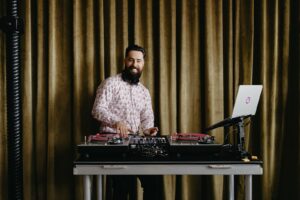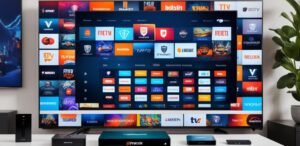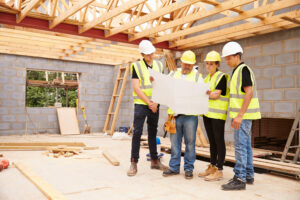
A rap recording studio is an important investment for any rap artist looking to create professional-quality recordings. While a professional studio can be expensive and time-consuming to access, setting up a home studio can be a more affordable and convenient option. The key is to invest in quality equipment and take the time to learn how to use it properly. With the right tools and knowledge, you can create rap recording studio that are sure to impress.
The importance of a professional studio
Rap music has become one of the most popular and lucrative genres in the music industry. As a result, many aspiring rap artists are looking to create their own music and build their brand. However, creating professional-quality recordings requires a dedicated recording studio.
A professional rap recording studio is essential for creating high-quality recordings that can compete with those of established artists. In a professional studio, there is access to high-end equipment, such as microphones, audio interfaces, and digital audio workstations (DAWs). These tools allow for precise control over the recording process, ensuring that the final product sounds as good as possible.
Additionally, a professional studio is staffed by experienced engineers and producers who can help guide the recording process and provide expert advice on how to achieve the desired sound. This is especially important for newer artists who may not have a lot of experience in the recording studio.

Setting up a home studio
While a professional studio is ideal for creating high-quality recordings, it can also be expensive and time-consuming to access. For this reason, many rap artists choose to set up a home studio. This allows them to record music on their own schedule, without the need to book studio time or travel to a professional facility. Setting up a rap recording studio can be relatively simple and affordable. A basic setup includes a computer, a DAW, an audio interface, and a microphone. This equipment can be purchased and can be used to create professional-sounding recordings.
There are many tutorials and guides available online for setting up a home studio, and learning how to use the equipment can be done through online tutorials, classes, or through books. The key is to invest in quality equipment and take the time to learn how to use it properly. It is important to remember that setting up a home studio does not mean sacrificing sound quality. With the right equipment and knowledge, a home studio can produce recordings that are just as good as those created in a professional studio.







